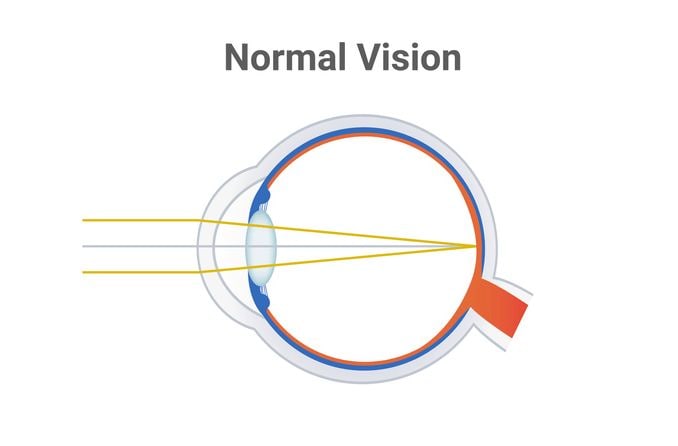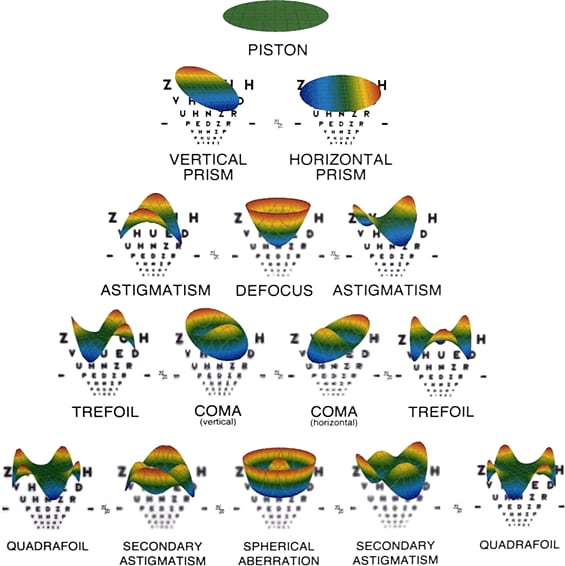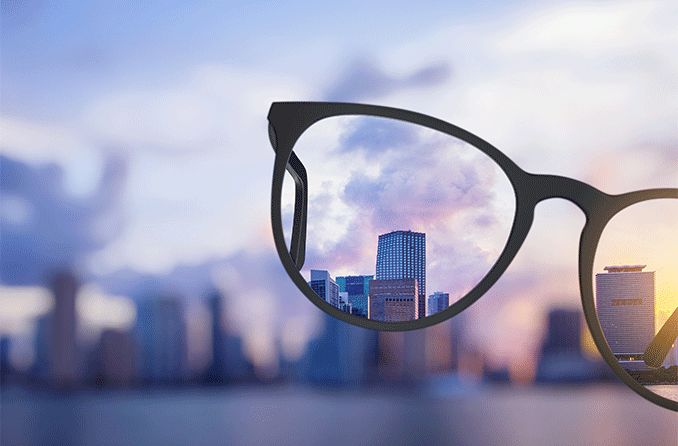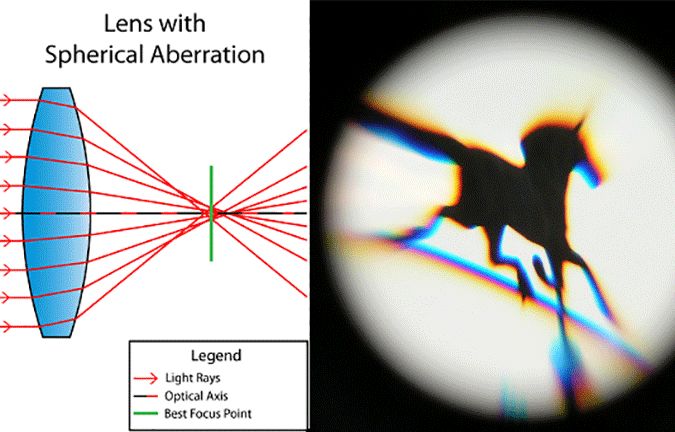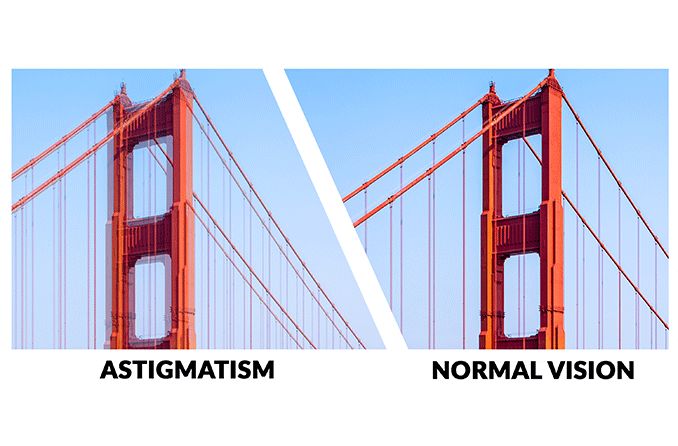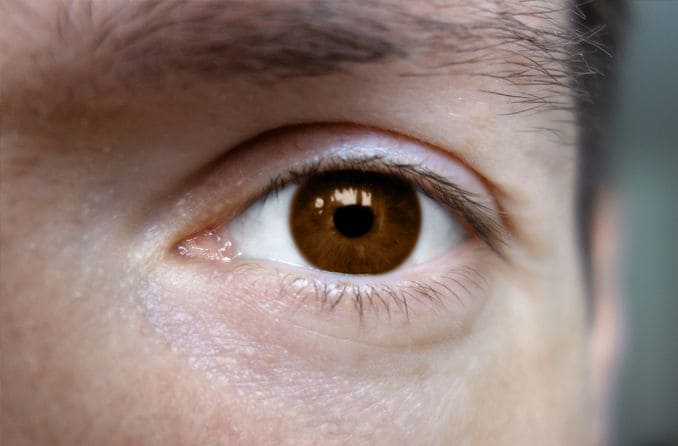Emmetropia ("em-eh-TROE-pee-ah") is the medical term for naturally occurring clear vision. In other words, a person with emmetropia does not have any refractive errors — such as nearsightedness (myopia), farsightedness (hyperopia) or astigmatism. Someone with emmetropia has clear vision at all distances without corrective lenses and without squinting or straining their eyes.
When light enters an emmetropic eye, an image focuses perfectly on the retina. This is unlike nearsightedness, in which light focuses images in front of the retina, or farsightedness, in which light focuses images behind the retina.
In cases of hyperopia, the eyeball is a little too short from front to back; in myopia, the eyeball is slightly too long. Emmetropic eyes are just the right length to allow light to reach the ideal spot on the retina to create crisp, clear vision.
A person with two emmetropic eyes is considered to have “ideal vision” and does not require any sort of vision correction. Emmetropia is often given as the medical definition for 20/20 vision.
